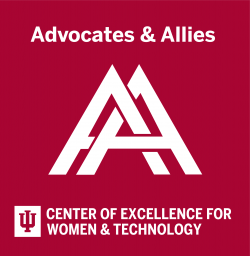This week, we thought that it would be a good idea to discuss a topic that is less visible in our conversations about equity and social justice: social class. Higher education has been valorized as a way to equalize the playing field for people of all class backgrounds – but does it? We take time to unpack how classism manifests within higher education and how we can do better by our students, peers, and beyond when it comes to social class equity.
P.S. Throughout this set of tips, we use a variety of language to describe social class. This reflects the diversity of elements that constitute social class (and our collective difficulty with talking about it). Check out Bourdieu’s (1987) theoretical perspective or this short article by Lumen for more info.


